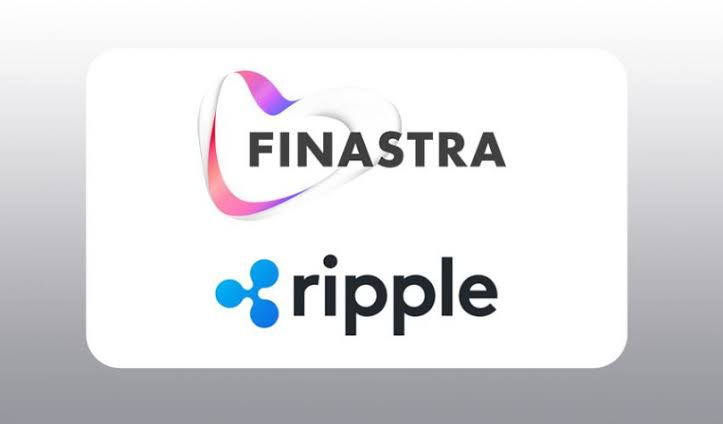In a recent study by the University of York, it has come to light that certain crypto-games based on Ethereum qualify as gambling, as they fulfill the defining criteria for gambling. The article published this week by the university has made an intensive study of nine highest-ranked Ethereum decentralized applications game (DApps) also listed on the State of the DApps. The research paper claims that these nine crypto games meet the definition of gambling and the paper will be presented in the CHI Play conference in Barcelona on October 24.
It has also pointed out to a working definition of crypto games as “video games with a fully or partially distributed ledger architecture that runs on top of a cryptocurrency network, giving players provable ownership over the virtual goods.” The games that have been researched upon contain accounts of almost 16000 players, which is a niche phenomenon in the gaming industry and Ethereum was chosen as it is the oldest cryptocurrency that supports DApp and one of the most established ones in terms of market capitalization.
The researchers have looked into the game-play mechanics and data to analyze how the players had been using cryptocurrency within the game. A permutation combination of both legal and psychological definitions of gambling was applied, where the psychological aspect looks into the way the gaming activity spurs a certain kind of behavior or how behavior is affected by it. The legal definition analyses the financial aspects of the result, and all nine games have met the criteria set by both aspects.
A Ph.D. student in Computer Science, Oliver Scholten has pointed out that,
Unlike games with loot boxes, all crypto games in the study allowed the direct or indirect exchange of in-game items for real money, making them more readily fit criteria for gambling. All this does not mean that technology should not be used to build games but that designers need to think carefully about how their decisions may affect player spending.
The players of these games tended to exchange virtual goods in lieu of cryptocurrency which can be further bartered for fiat money, and such exchanges are examples of “real-money gaming.” Although other games allow the exchange of in-game items for in-game currency the distinguishing feature of crypto games is that this in-game currency can be used to exchange goods and services even outside the game. Moreover, the gamers in these nine games need to pay for goods before ‘chance-based events’ thus creating a probability of either a win or a loss, much like the mechanisms of betting. The research has also suggested that since cryptocurrency is a growing field, it is therefore natural for players to make financial investments of a large scale. The need is to develop certain specific design criteria that can help developers create a non-gambling game, like exchange based on outcomes, ‘cashing out winnings,’ and others which have been outlined in this paper.








